Nicolas Woolstenhulme
- Name
- Mr. Nicolas Woolstenhulme
- Institution
- Idaho National Laboratory
- Position
- Irradiation Test Lead
- h-Index
- ORCID
- 0000-0002-7881-3314
- Biography
-
Nicolas Woolstenhulme is a technical lead for irradiation testing at Idaho National Laboratory. He has led the development of several irradiation tests in the Advanced Test Reactor (ATR), Transient Reactor Test facility (TREAT), and other material test reactors both domestic and abroad. Currently, Woolstenhulme serves at the irradiation lead both for advanced reactor technologies in DOE’s Advanced Fuels Campaign and irradiation capabilities development for pressurized water and liquid sodium systems in TREAT. Prior to his current position, Woolstenhulme worked in the Fuel Fabrication Department at INL where he researched novel techniques for fabrication of high density advanced research reactor fuels. He received a B.S. in mechanical engineering from Brigham Young University – Idaho.
- Expertise
- Fuel Development
| "Irradiation performance of a U-7Mo in Al-Si matrix dispersion full-size fuel plate assembly" Nicolas Woolstenhulme, A.B. Robinson, J.W. Nielsen, Yi Je Cho, T.A. Johsnon, J.S. Yim, Y.W. Tahk, J.M. Park, Nuclear Engineering and Design Vol. 416 2024 Link | ||
|
"On-Going Status of KJRR Fuel (U-7Mo) Qualification"
Nicolas Woolstenhulme, D.S. Crawford, J.W. Nielsen, Y.J. choi, J.S. yim, Y.W. Tahk, J.Y. Oh, H.J. Kim, E.H. Kong, B.H. Lee, A.A. Beasley,
Vol.
[unknown]
Link
In order to cope with the global shortage of Mo-99 supplies and the growing demand of neutron transmutation doping, the KJRR construction plan was launched in April 2012 to provide self-sufficiency of domestic RI demand, and to extend the Si doping capacity for the power device market growth. Through comprehensive surveillance of the in-reactor behavior of fuel, KAERI has selected a fuel meat with a U-7%Mo dispersion in an aluminum matrix with 5wt%Si for KJRR fuel. As a part of the effort of fuel licensing and qualification of the KJRR fuel, an LTA irradiation test at the ATR started from November 2015, and was successfully completed by reaching 216.6 EFPD at the end of February 2017. Together with the results of HAMP-1, which already completed irradiation and PIE, the successful irradiation of the LTA also demonstrates the fuel integrity under more rigorous conditions than the KJRR operation conditions. This paper updates the current status of the KJRR U7Mo (8 g-U/cm3) LTA irradiation and PIE plan up to date as of February 2017. |
About Us
The Nuclear Science User Facilities (NSUF) is the U.S. Department of Energy Office of Nuclear Energy's only designated nuclear energy user facility. Through peer-reviewed proposal processes, the NSUF provides researchers access to neutron, ion, and gamma irradiations, post-irradiation examination and beamline capabilities at Idaho National Laboratory and a diverse mix of university, national laboratory and industry partner institutions.
Privacy and Accessibility · Vulnerability Disclosure Program

